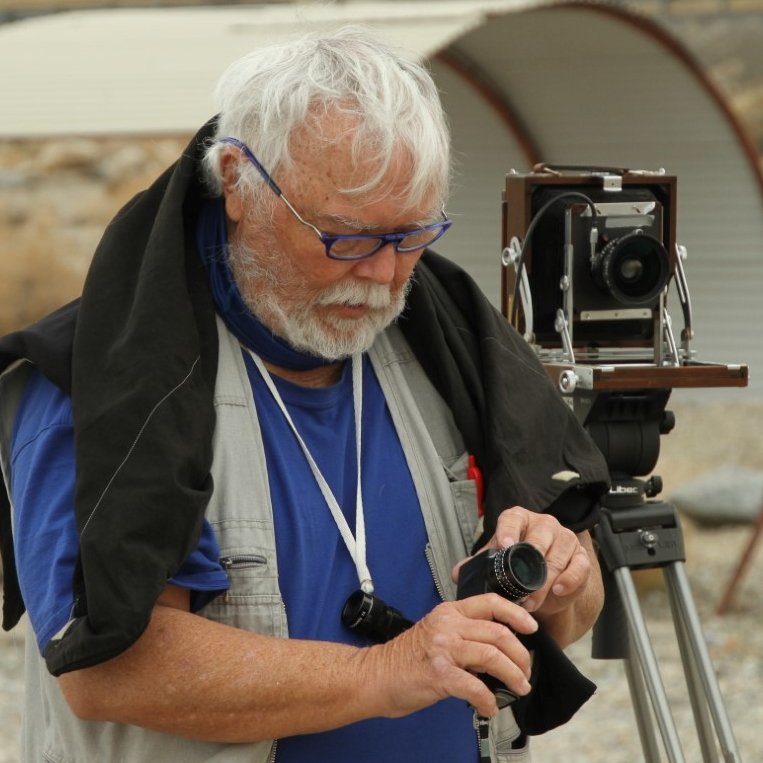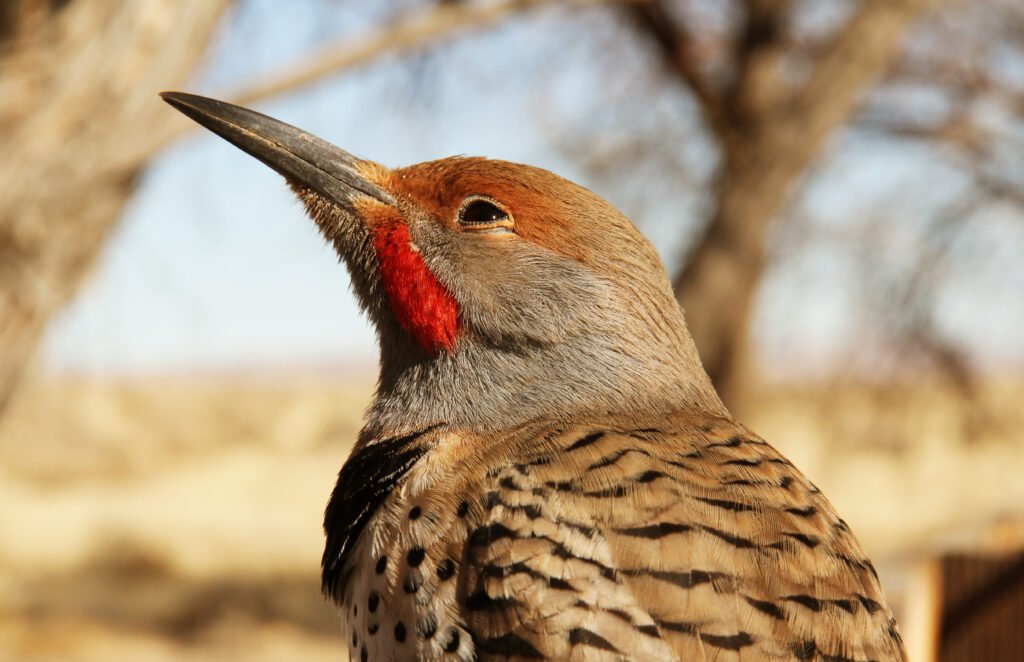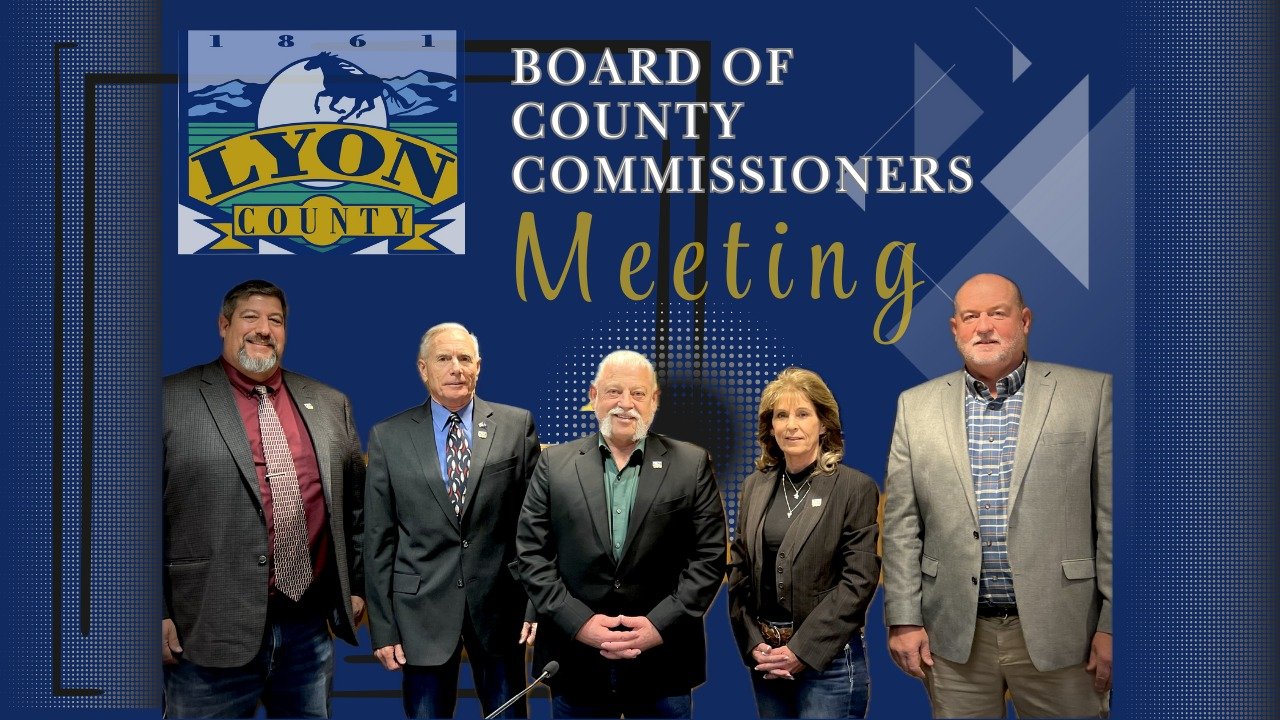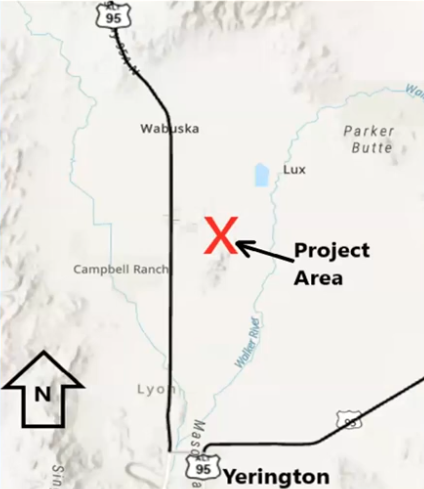Charlie, the Hard-Headed Flicker
By
Richard Massey
I first met Charlie on a cold, frosty morning in late December. With binoculars in-hand, I was off on my morning ritual of walking and bird-watching. As I made my way along the Carson River and through a thick stand of ancient cottonwoods, there was a loud commotion overhead.
Looking up, I saw six mid-sized birds darting among the branches. The noise and gymnastics combined to make an amazing show. They were either engaged in a game of tag, or they were simply seeing who would be the last bird standing.
At first, I couldn’t see any outstanding markings. As they took flight in the direction of a nearby tree, the mystery was solved. These were flickers. Northern flickers to be exact. A flicker seldom flies or glides in a straight line. Although they may hold the same compass heading, their flight pattern is a distinct series of shallow, swooping “Us.”
The identification was reconfirmed as they flew overhead. The bright reddish-brown under the wings, the distinct black crescent bib on the chest, and the red cheeks removed all doubt. These were mature males.
Over the past few months, I’ve been following this group of resident birds through Fort Churchill State Historic Park in northern Nevada. I spent weeks trying (without success) to get a decent picture.
These are one of the most beautiful birds but are also one of the most difficult to photograph. When they aren’t in flight, they are extremely camera shy and won’t tolerate a close approach. They like to hide among branches or poke just their head out from behind an old stump. Very, very frustrating!
After weeks of playing this cat-n-mouse game, I just gave up. Then the most amazing thing happened. This same group of birds took up residence in the Russian olive trees right next to our 5th wheel trailer. They seem to have developed an addiction to the seed pods.

Now, I can watch them roosting just a few feet from the kitchen window. Our large windows are coated with a reflective material and act as one-way mirrors. The birds can’t see us but we can see them. It is quite a treat to watch the intimate interaction of one of nature’s beautiful creatures from such a close distance.
I soon noticed that one of the birds had a slightly deformed left foot. Although I’m not in the habit of giving names to wild creatures, I started calling this one Charlie. He seemed bolder and more relaxed than the others.
A few days ago, I was reading the paper and having my morning coffee when the quite was interrupted by a tremendous thud near the front of our RV. A friend of ours has a habit of slapping against the side of our RV instead of just knocking on the door. My wife called out, “It must be her.”
I opened the door and looked around. Instead of our friend, I found one of the flickers lying on the ground. The poor guy looked dead. His toes were curled under, his eyes were closed, and he didn’t make a move when I picked him up.
After a minute of tormenting over the proper burial procedures, I felt a slight movement. His eyes opened for a second before closing again. I spread his toes and held him upright. His head didn’t move but his eyes opened again. I could see a spark (a flicker?) of life moving back into those beautiful, deep, dark eyes.
I placed his feet along the top of a nearby fence and helped him get a grasp. His eyes continued to open and close. He instinctively braced his strong tail against the fence but his feet didn’t seem to be working. I kneeled down in front of him and kept trying to get his feet to hold tighter. Then, I noticed that his right foot was fine. His problem was just his left foot. This was Charlie!
He was looking down at me. His eyes were open and he was rocking his head back and forth. It seemed he was trying to figure out what was going on. I felt he was going to recover his senses and would fly off at any moment. As I started to feel pretty proud of my good deed, a sense of panic set in. I didn’t have my camera!
For weeks I had been trying to get a good picture of this bird and here he was just posing for me. I knew he was about to take flight and I was worried that any fast movement would scare him. It took over three minutes to get my camera and return to the scene. He was still there, patiently waiting.
Thanks to Charlie I was able to get some true wildlife photos that are almost impossible to get in the field. I’m pleased to report that Charlie made a full recovery and is hanging out with his friends in their favorite olive tree.
~ The End ~
This story was written shortly after my wife (Nalini) and I had retired and were camp-hosting at Fort Churchill.


Richard Massey is an international award-winning photojournalist and freelance-writer. He has a passion for film and does much of his photography using vintage film cameras…as seen here. His interest in teaching has led him to start a photography YouTube channel: https://www.youtube.com/channel/UChdW0Jjsca47EpKE5N_jtag





More Stories
Richard Massey’s Spotlight on Nevada: The Historic Railroad Hiking Trail near Hoover Dam
December Skies Over Mason Valley: A Month of Celestial Wonder
St. Mary’s of the Mountains in Virginia City NV